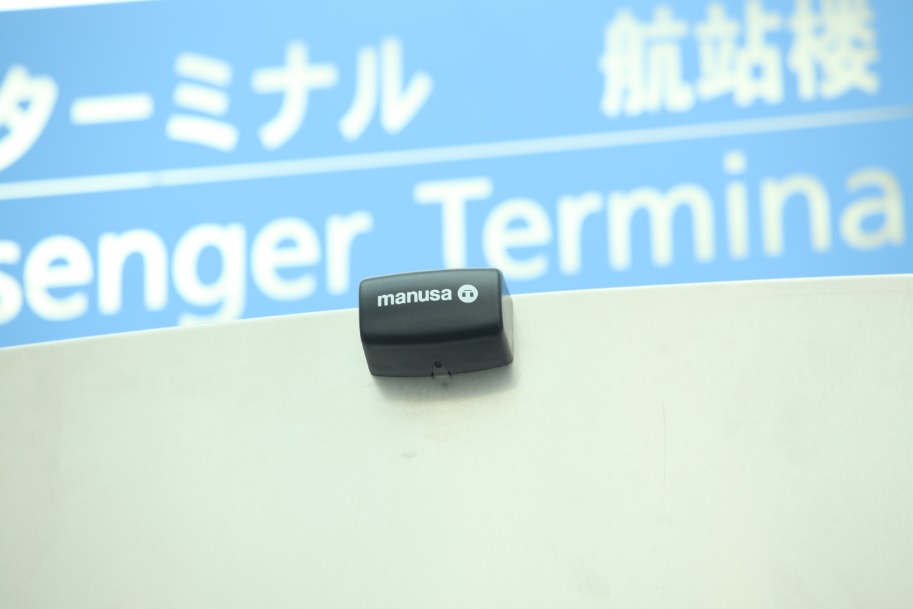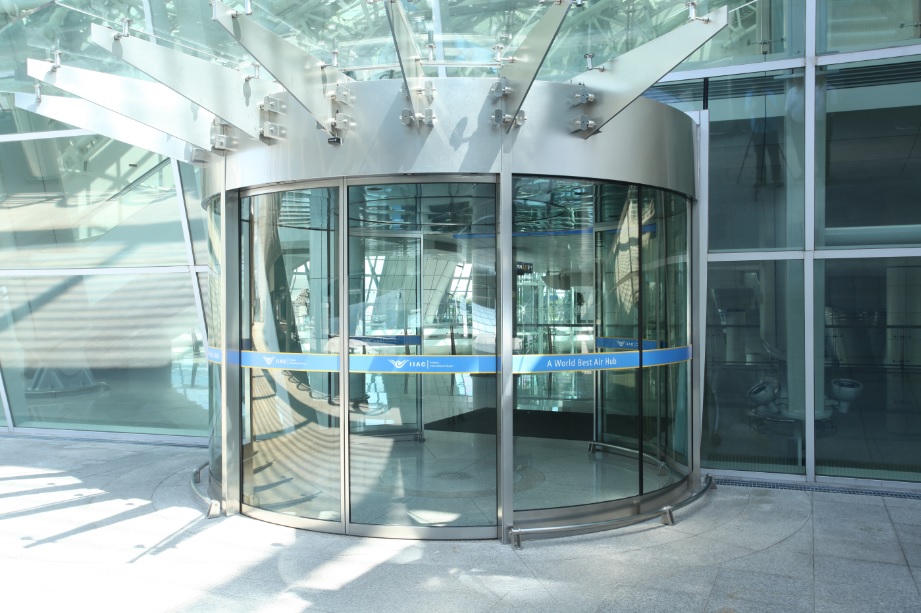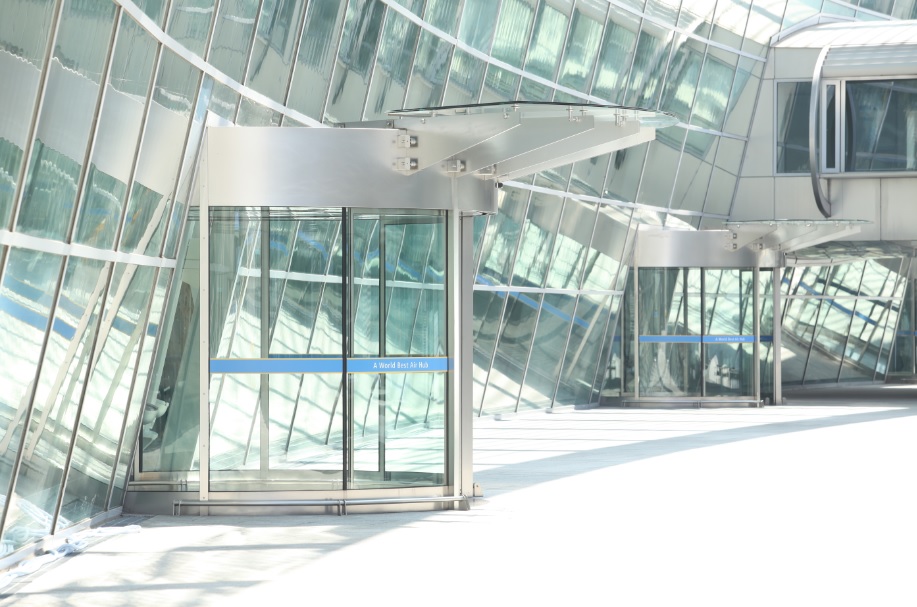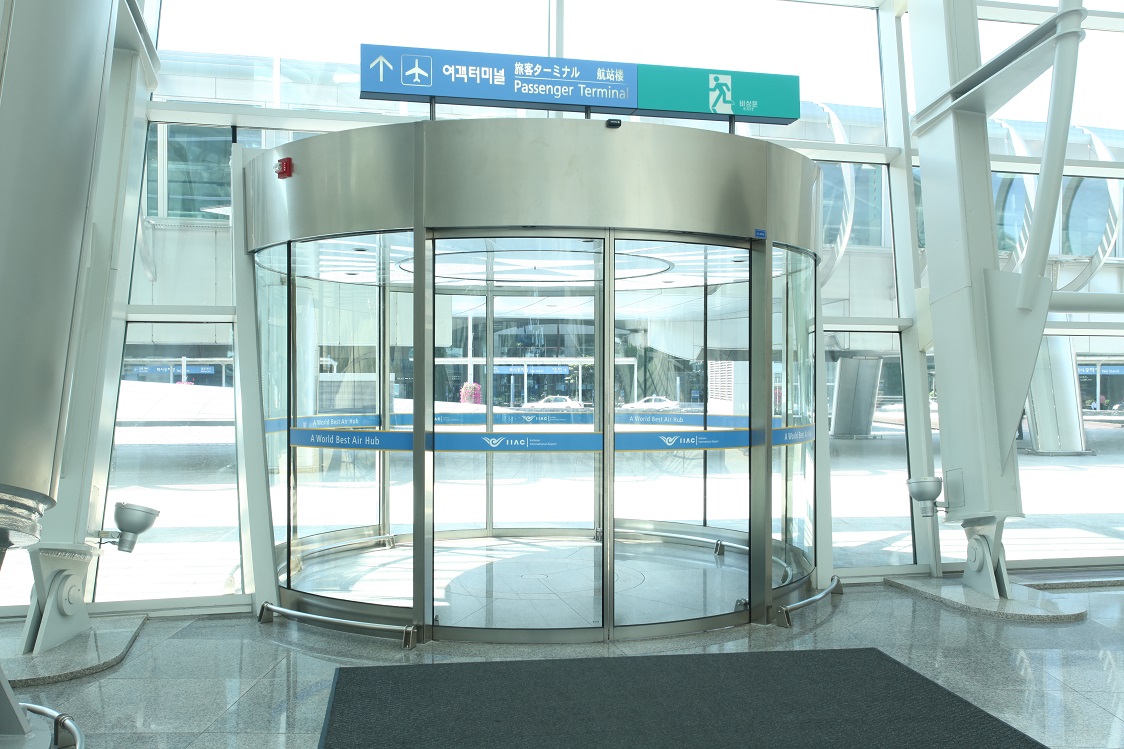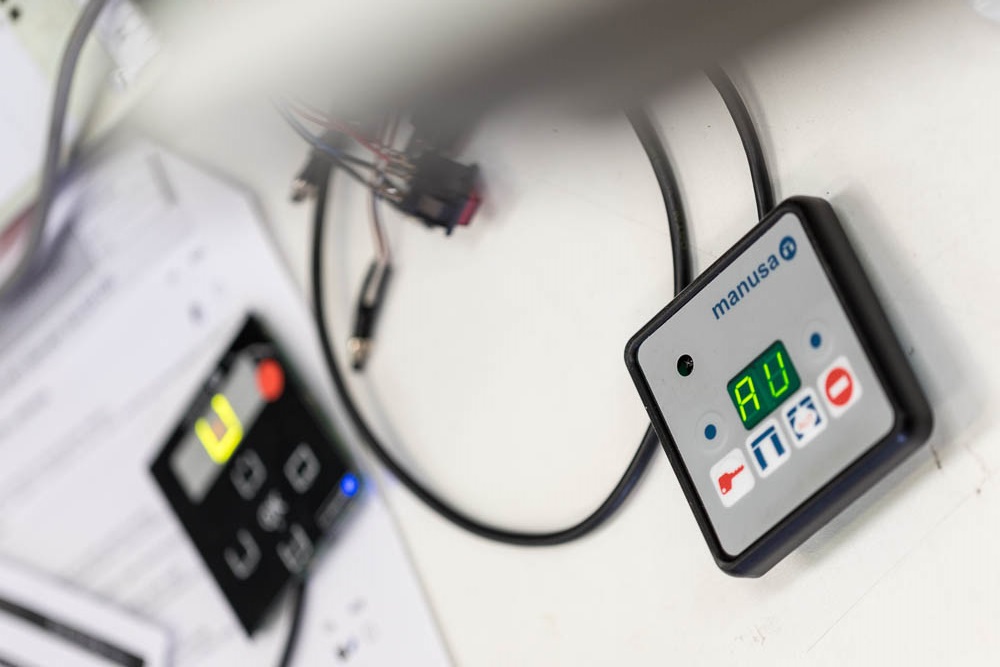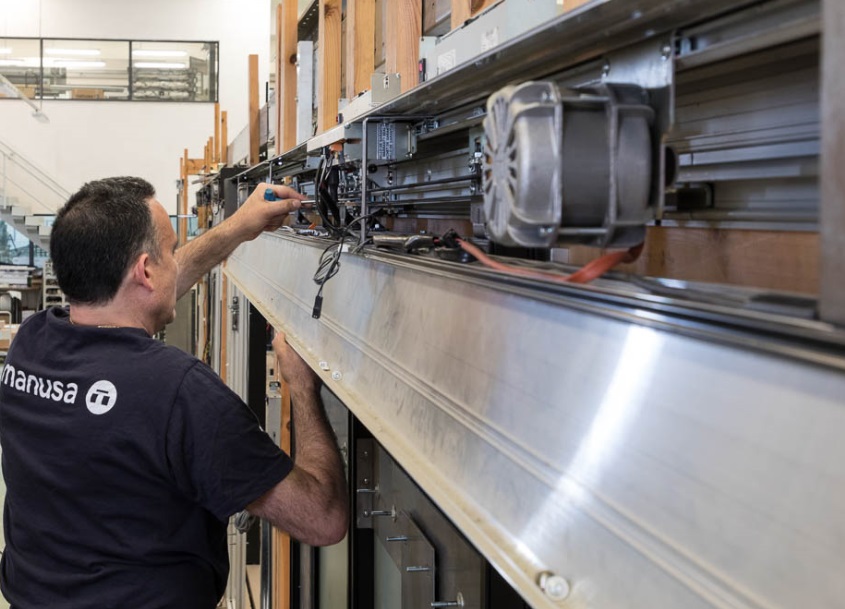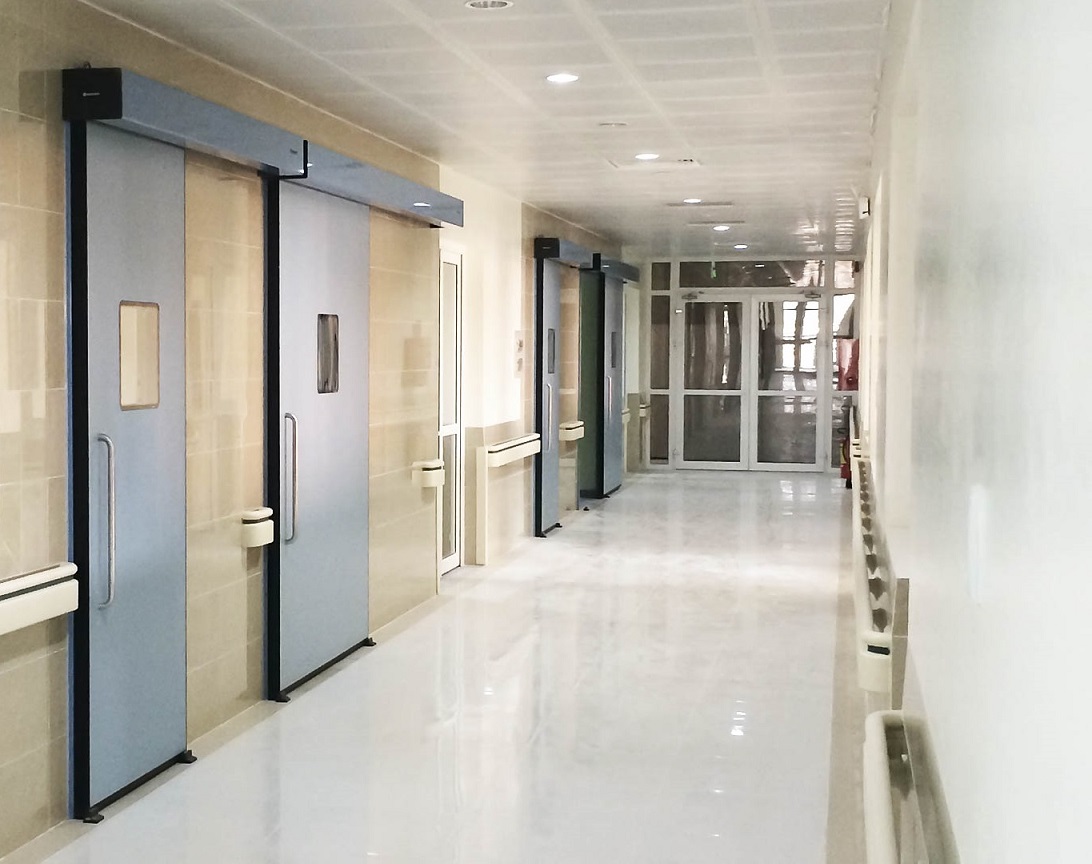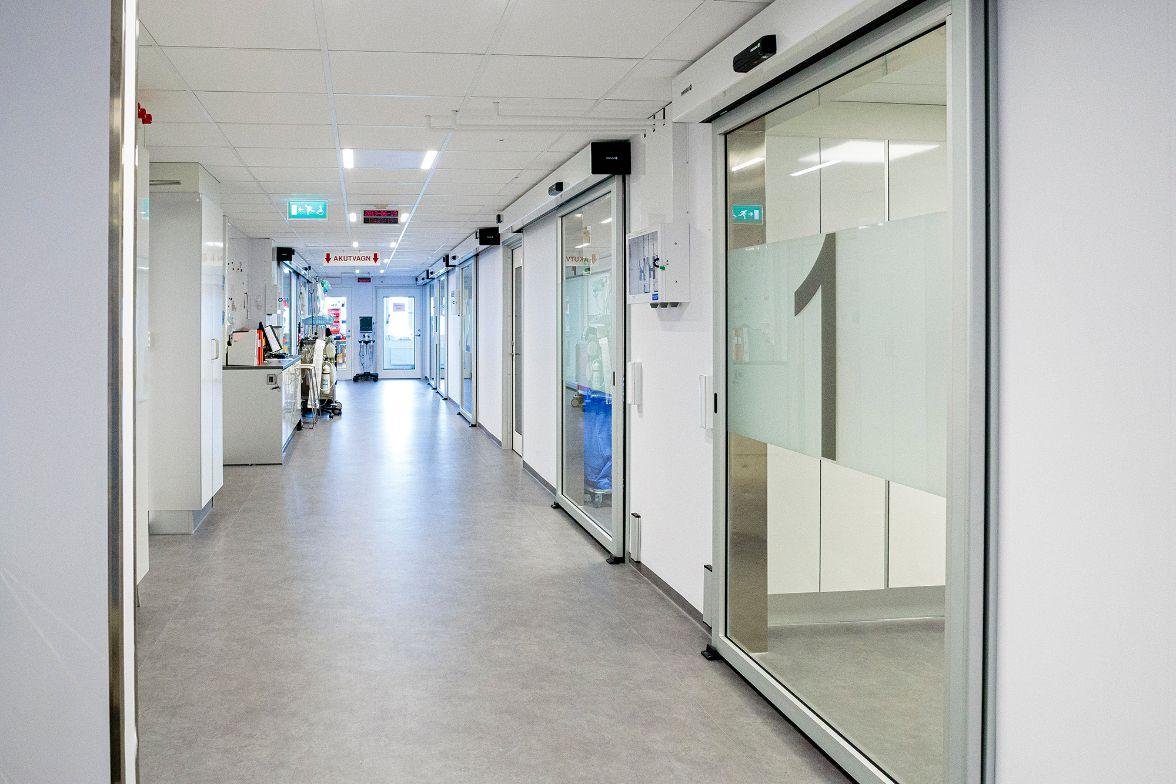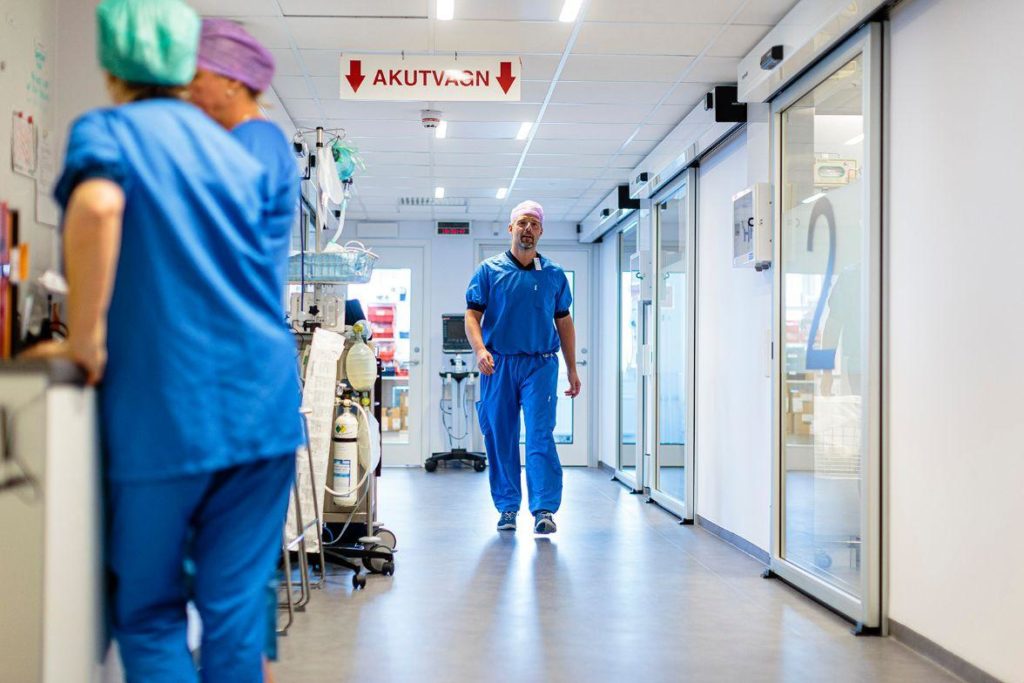Millions of people land at and take off from airports in all corners of the world every year. The crisis caused by the coronavirus COVID-19 pandemic has cut back significantly on the volume of travel. Gradually, however, people and airlines are returning to air travel, complying with all the health measures recommended by the supranational and national authorities.
Automatic doors are installed in most major airports in Europe, America and Asia. These make the flow of passengers easier, control the temperature inside the passenger terminals, and establish regulated access control to the different parts of the airport complex.
One of Manusa’s hallmark projects is at Incheon International Airport in South Korea. This is the largest airport in the country, and one of the most important in Asia. It is also the world’s fifth largest airport for freight transport, and a connecting point for international passengers and goods in the East Asia region. It is considered the most technologically-advanced airport of all Asia.
The airport has a railway station to streamline passenger arrivals, departures and access. Manusa installed a series of curved automatic sliding doors with framed leaves at this station. Without a doubt, an elegant solution for the architectural complex of the Korean airport, providing all the functionality, automation, convenience and efficiency possible in just one product.
Passengers walk through curved automatic bi-parting glazed doors that move radially. It is a great help for people arriving at the airport by train, as they do not have to push a door to reach the check-in desk or airport security before taking off.
